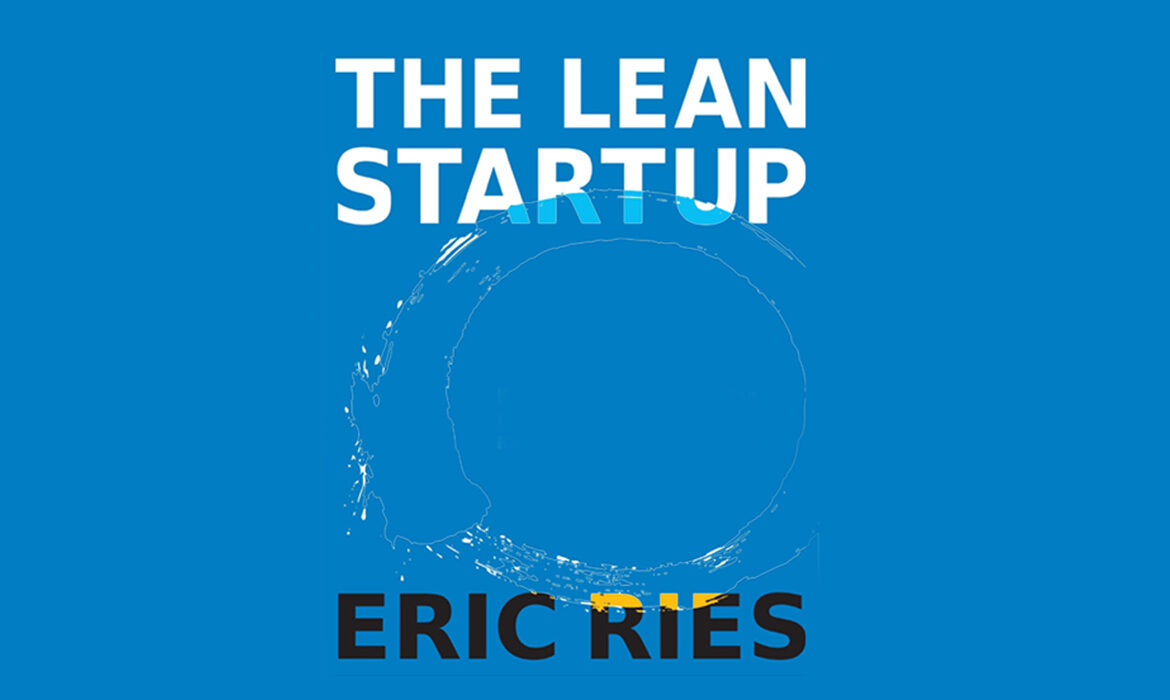The Lean Startup ~ by Eric Ries
The Lean Startup | Unleashing Continuous Innovation for Business Growth by Eric Ries
Eric Ries’ “The Lean Startup” presents a revolutionary methodology for building businesses and products in uncertain environments. It champions continuous innovation through a Build-Measure-Learn feedback loop, emphasizing validated learning over traditional business practices.
Key takeaways
Chapter 1: Build
- Expanded on the concept of the “Build-Measure-Learn” loop, emphasizing its importance in validating ideas and learning from customer feedback
- Highlighted the crucial role of continuous innovation and adapting to customer needs
- Explained how productivity in startups goes beyond output and efficiency and incorporates customer insights
- Briefly mentioned the importance of recognizing when to pivot and adjust strategy
Chapter 2: Define
- Clarified the definition of a “startup” as an organization creating new products or services in an uncertain environment
- Explained why traditional business practices can be detrimental to startups and emphasized the need for dedicated management approaches
Chapter 3: Learn
- Emphasized the limitations of traditional progress metrics like efficiency and budget adherence in startups
- Underscored the importance of capturing and analyzing customer data to guide product improvement
- Explained how learning is essential for startups and how they need to measure different values than traditional businesses
Chapter 4: Experiment
- Compared launching a product to a scientific experiment, emphasizing careful design and testing
- Discussed the importance of pre-launch testing and establishing a core customer base before wider distribution
- Included real-world examples of successful iteration and experimentation from companies like Zappos and Hewlett Packard
Chapter 5: Leap
- Differentiated between initial assumptions and validated data, highlighting the importance of establishing a baseline through the MVP
- Explained the concept of innovation accounting and how it helps startups track their progress through learning milestones
- Emphasized the importance of understanding how the MVP creates or destroys value and growth
Chapter 6: Build
- Introduced the concept of high-touch service for early adopters to overcome product limitations and gather valuable feedback
- Clarified the role of customer needs in driving product design and defining quality standards
Chapter 7: Measure
- Defined the goal of proving sustainability through the MVP-based loop: establish a baseline, iterate, pivot (if necessary), repeat
- Explained how analyzing cohort groups helps identify real growth patterns and refine product offerings
- Emphasized the importance of manager-customer interaction for verifying data and understanding customer experience
- Chapter 8: Pivot (or Persevere)
- Clarified that pivoting involves building on existing learnings, not starting from scratch
- Explained different types of pivots (product, customer segment, platform, etc.) and their respective scenarios.
- Emphasized the importance of a well-structured and strategic approach to pivoting
Chapter 9: Grow
- Introduced the concept of growth engines, categorized as paid, viral, and network
- Explained the importance of measuring churn rate and focusing on customer acquisition cost versus potential profit
- Discussed the challenges of implementing Lean Startup within established companies and suggested solutions like sandboxes and dedicated teams
Conclusion
- Briefly mentioned the importance of managing different work streams within startups at various growth stages
- Emphasized the value of continuous experimentation and the scientific method in driving innovation and organizational development
- Acknowledged the potential of the Lean Startup methodology and its role in building better organizations






